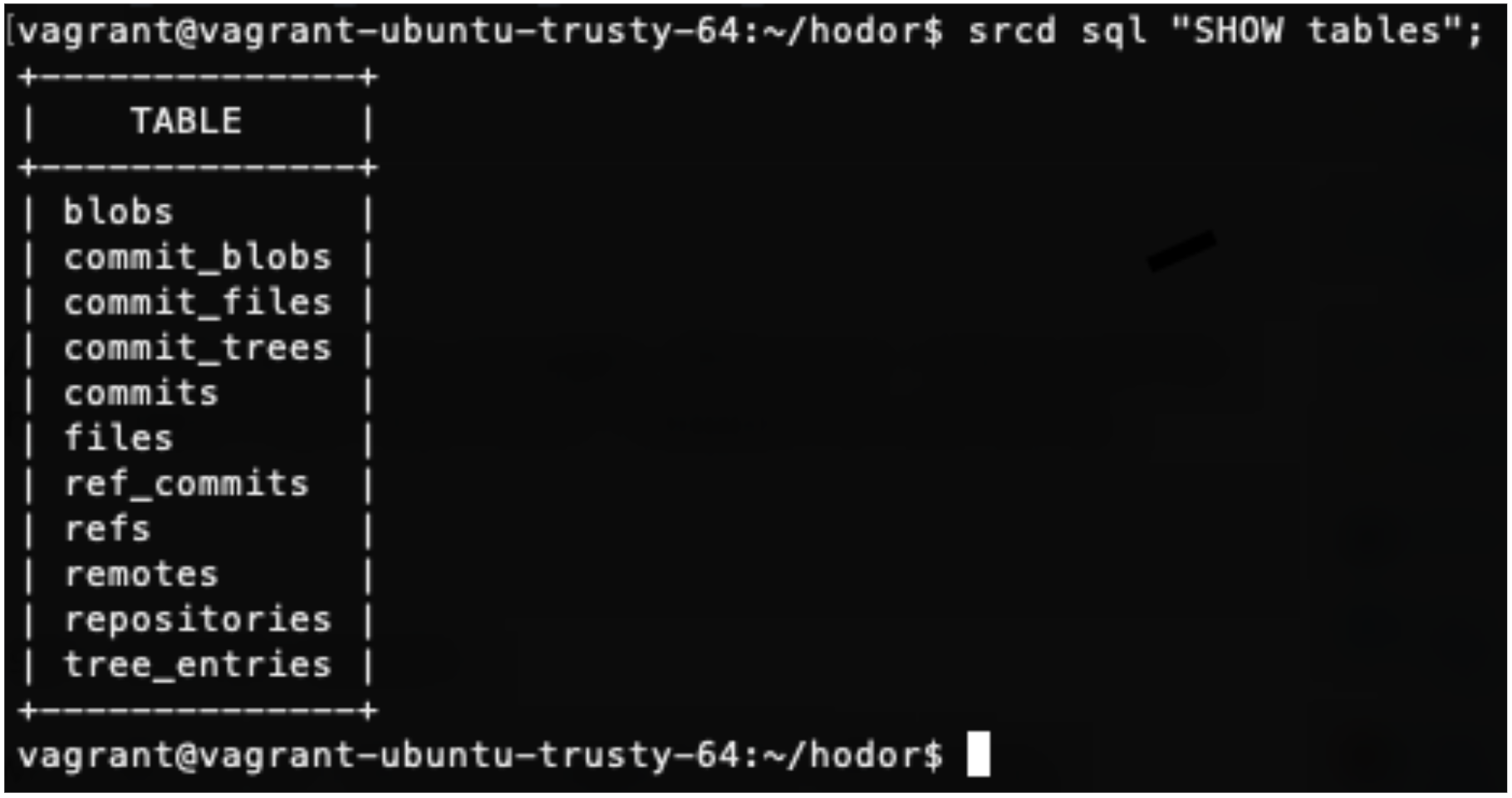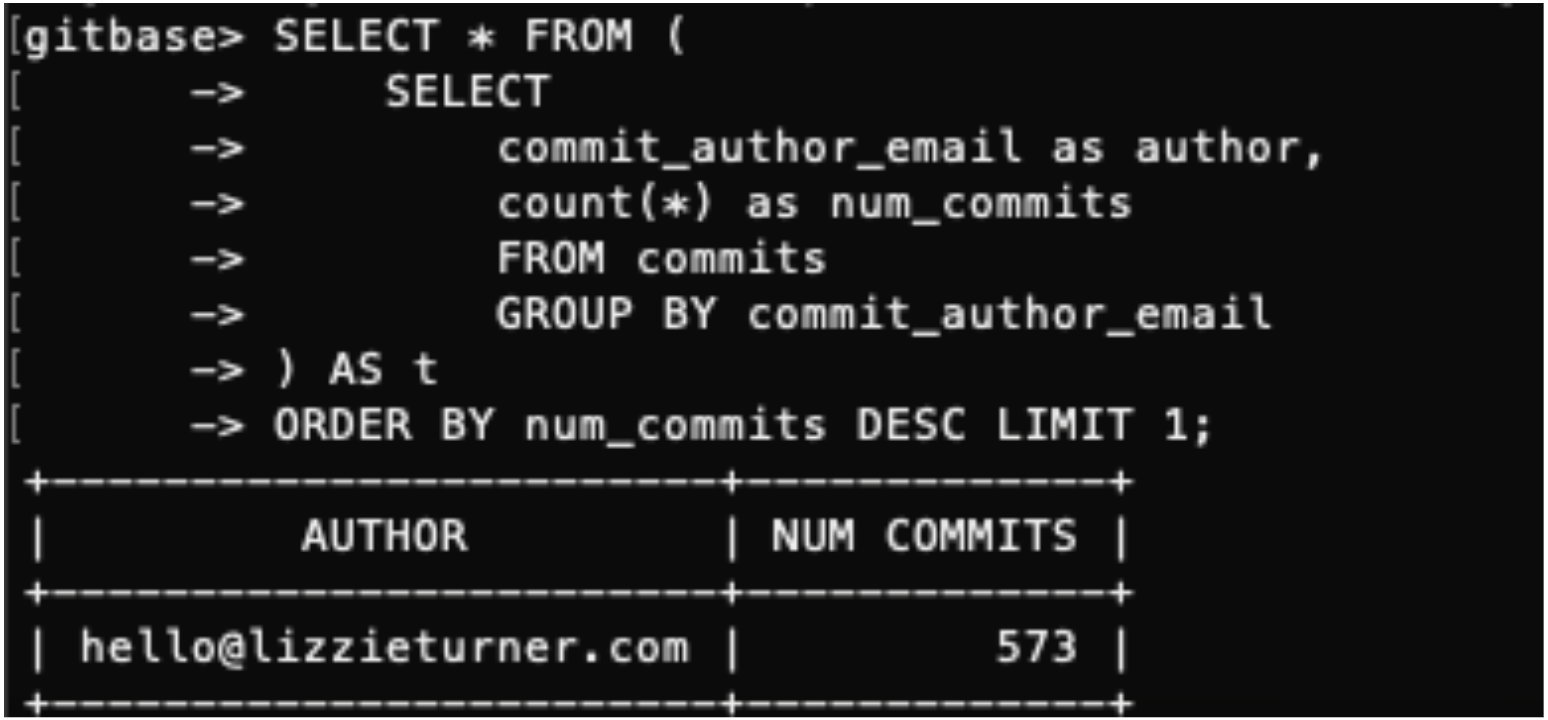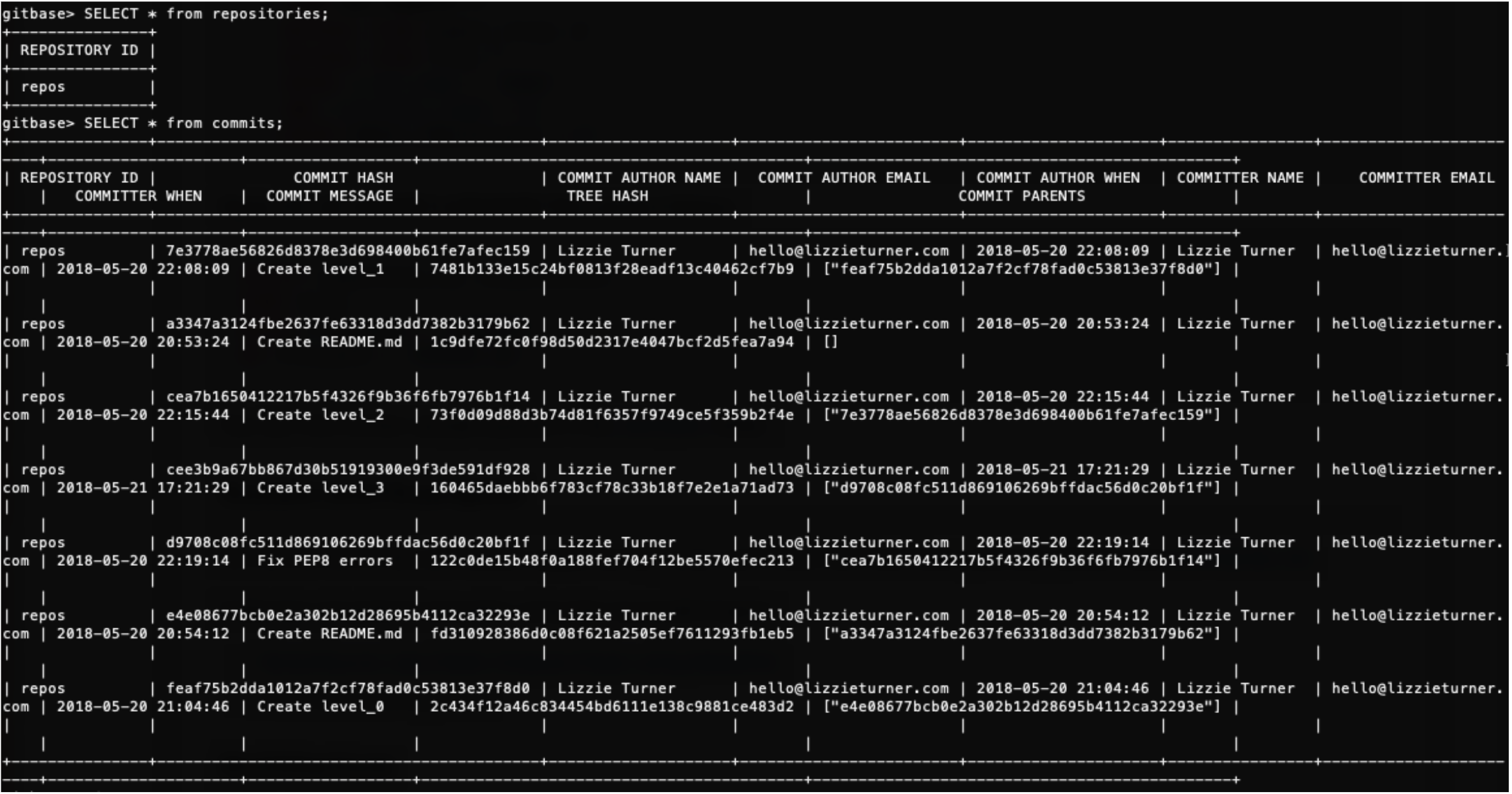One category that often gets overlooked in the discussion of Linux computers is the market for HDMI dongle devices that plug into your TV to stream, mirror, or cast content from your laptop or mobile device. Yesterday, Google announced an extensively leaked third-gen version of its market-leading, Linux-powered Chromecast device. The latest Chromecast has a new design and Google Home support, and it’s claimed to be 15 percent faster processor with support for 1080@60 video. However, the rumored addition of Bluetooth did not materialize.
Here, we look at a similar Linux-based HDMI dongle device that launched this morning with a somewhat different feature set and market focus. The Airtame 2 is the first hardware overhaul since the original Airtame generated $1.3 million on Indiegogo in 2013. The new version quadruples the RAM, improves the Fedora Linux firmware, and advances to dual-band 802.11a/b/g/n/ac, which is now known as WiFi 5 in the new Wi-Fi Alliance naming scheme that accompanied its recent WiFi 6 (ax) announcement.
In its first year, Copenhagen, Denmark-based Airtame struggled to fulfill its Indiegogo orders and almost collapsed in the process. Yet, the company went on to find success and recently surpassed 100,000 device shipments. With a growing focus on enterprise and educational markets, Airtame upgraded its software with cloud device management features, and expanded its media sources beyond cross-platform desktops to Android and iOS devices.
The key difference with Chromecast is that Airtame supports mirroring to multiple devices at once, as long as you’re video is coming from a laptop or desktop rather than a mobile. Chromecast also requires the Chrome browser, and it lacks cloud-based device management features.
Combined with Chromecast’s dominance of the low-end entertainment segment, thanks in part to its $35 pricetag, Airtame’s advantages led the company to focus more on the enterprise, signage, and educational markets. Unfortunately, the Airtame 2 price went up by $100 to $399 per device.
Airtame 2 extends its enterprise trajectory by “re-imagining how to turn blank screens into smart, collaborative displays,” says the company. Airtame recently released four Homescreen apps, providing “simple app integrations for better team collaboration and digital signage.” These deployments are controlled via Airtame Cloud, which was launched in early 2017. The cloud service enables enterprise and educational customers to monitor their Airtame devices, perform bulk updates, and add updated content directly from the cloud.
Twice the RAM, five times the WiFi performance
The Airtame 2 offers the same basic functionality as the Airtame 1, but it adds a number of performance benefits. It moves from the DualLite version of the NXP i.MX6 to the similarly dual-core, Cortex-A9 Dual model. This has the same 1GHz clock rate, but with a more advanced Vivante GC2000 GPU. Output resolution via the HDMI 1.4b port stays the same at 1920×1080, but you now get a 60fps frame rate instead of 30fps. As before, you can plug into VGA or DVI ports using adapters.
More importantly for performance, the Airtame 2 quadruples the RAM to 2GB. In place of an SD card slot, the firmware is stored on onboard eMMC.
The new Cypress (Broadcom) CYW89342 RSDB WiFi 5 chip is about five times faster than the original’s Qualcomm WiFi 4 (802.11n) chip, which also provided dual-band MIMO 2.4GHz/5.2GHz WiFi. The Airtame 2 has twice the range, at up to 20 meters, which is helpful for its enterprise and educational customers.
Other hardware improvements include a smaller, 77.9 x 13.5mm footprint, a Kensington Lock input, an LED, and a magnetic wall mount. A USB Type-C port replaces the power-only micro-USB OTG, adding support for HDMI, USB host, and Ethernet.
As before, there’s also a micro-USB host port that with the help of an adapter, supports Ethernet and Power-over-Ethernet (PoE). Ethernet can run simultaneously with WiFi, and can improve throughput and reliability, says Airtame. We saw no mention of the new product’s latency, but on the previous Airtame, WiFi streaming latency was one second with audio.
Once again, iOS 9 devices can mirror video using AirPlay. However, Android (4.2.2) devices are limited to the display of static images and PDF files, including non-animated PowerPoint presentations. Desktop support, which also includes a special optimization for Chromebooks, includes support for Windows 10/7, Ubuntu 15.05, and Mac OS X 10.12.
Join us at Open Source Summit + Embedded Linux Conference Europe in Edinburgh, UK on October 22-24, 2018, for 100+ sessions on Linux, Cloud, Containers, AI, Community, and more.







